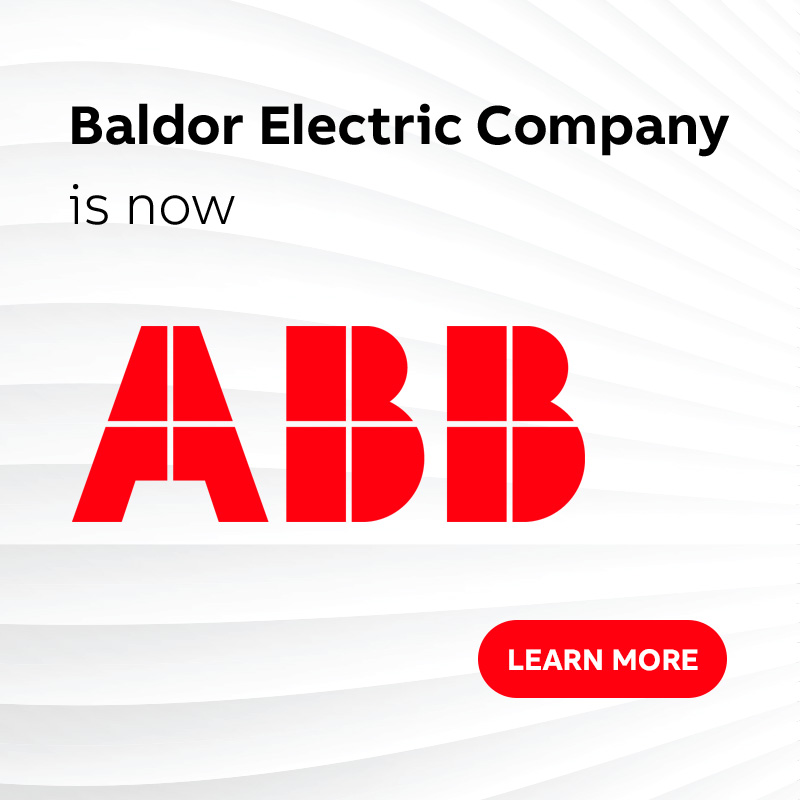
Detail
What are some considerations when applying motors for the offshore energy industry?
Specifications for low-voltage electric motors for the chemical, oil and gas market were established as the result of practical experience in the field to improve equipment reliability. IEEE 841, API 541, API 547, API 546 and other standards form the basis for most specifications in this segment; however, additional considerations must be given when specifying motor for offshore energy applications.
Although offshore applications are similar to onshore operations, oil companies face unique challenges when operating offshore. To increase motor reliability in the severe conditions of an offshore platform, it is common for manufacturers to add features beyond what is dictated by the industry standard. In addition to the harsh environment, offshore locations are remote and have limited storage areas for motors and spare parts. Therefore, when considering the types of motors used in oil and gas industry, complete reliability of the product is key.
In addition to the requirements of IEEE 841-2021, low-voltage motors, specifications may include the following:
• The ability to operate reliably at higher or lower ambient temperatures
• Reduced sound levels
• Class I, Division II. Groups A, B, C, D with T3 or other hazardous area classifications
• Anti-fungal treatment of insulation systems
• 316 stainless-steel hardware
• Extremely durable coatings and paint systems
• Space heaters with separate connection boxes
• Connection boxes with terminal posts
• Inverter duty capability, per NEMA MG1 Part 31.4.4.2
• Foot flatness within 0.005 inches for precision alignment to driven equipment
• Vibration limits 0.08 in/s peak velocity or less
• Epoxy coating on all internal rotor, stator and shaft surfaces
• Non-sparking fans designed for hazardous locations
• Compliance with JIP33 requirements and International Association of Oil & Gas Producers standards
Div. II hazardous locations and pulse width modulation inverter duty for variable torque loads are considered usual service conditions for IEEE 841-2021 certification. Often, offshore applications will be in a Div. I hazardous location. In these cases, an explosion-proof motor will need to be specified, which must be certified explosion proof for the class, group and temperature code of the classified Div. I location. When the motor will be operated with a variable speed drive, the motor must be certified and labeled for inverter duty operation, including speed range capability and temperature code when operating on a drive.
For offshore applications, if American Bureau of Shipping (ABS) compliance is required, electrical performance and testing requirements may change. Additionally, customers may ask that the motors meet specific requirements to withstand the motion of a floating structure.
Motors with a power-dense design, offering higher performance in a smaller package – such as ABB’s HydroCool XT water-cooled motors - are necessary for offshore drilling applications. In addition to providing high performance, these motors must be designed to operate reliably in harsh conditions while ensuring equipment and personnel safety.
As an alternative to rotary table or kelly drive systems, top-drive drilling motors reduce the manual labor involved in drilling, thereby reducing the associated safety risks. Top-drive motors are also more efficient, resulting in faster drilling and reduced costs, and the simplicity of the system compared to other methods means there are fewer components to fail and less whole-system maintenance.
When engaging customers to supply motors for any offshore installation, it is important to acknowledge these very stringent requirements. Careful and complete review of project specifications and data sheets for every motor are necessities.
ABB offers a full range of performance-proven, energy-efficient, motors, generators and variable speed drives for the chemical, oil and gas industry. Our products are engineered with industry-driven designs and patented technologies that ensure greater uptime with less maintenance. With our in-depth understanding of application needs, we provide dependable solutions that keep operations running reliably day after day.

